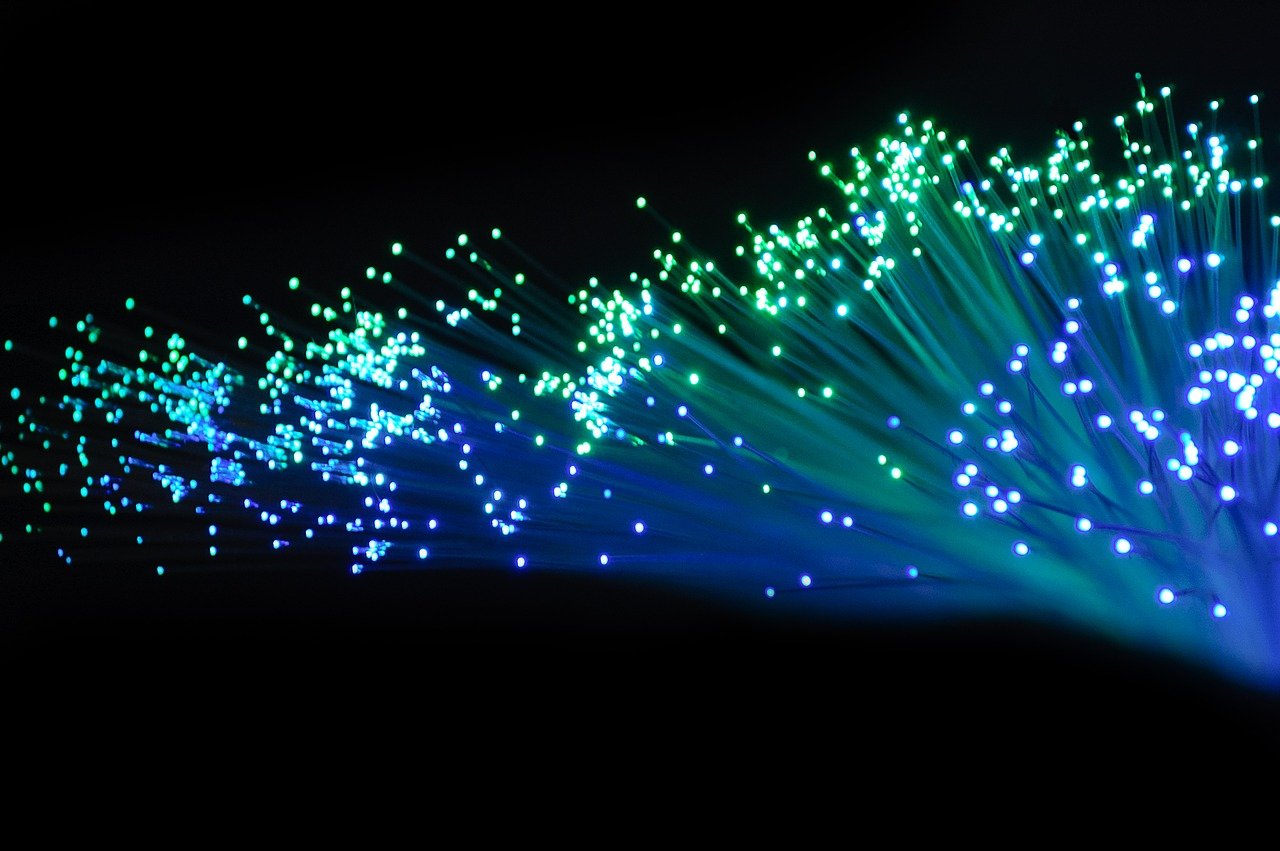The Future of Termination Cabinets: Trends and Technology
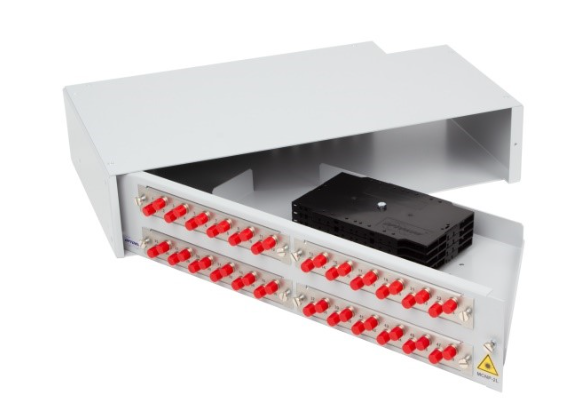
Termination Cabinets: An Overview
Termination cabinets, also known as termination enclosures or cabinet termination units, are essential components in various industries, particularly in telecommunications and data centers. These cabinets provide a centralized location for terminating and organizing communication networks, ensuring efficient connectivity and maintenance of telecommunication infrastructure.
In this blog, we will explore the wide range of uses and benefits that termination cabinets offer. We will delve into their applications within the telecommunications industry, where they play a crucial role in managing network connections and facilitating seamless communication. Additionally, we will discuss their significance in data centers, where they contribute to the organization and efficiency of complex data networks.
By staying informed about the latest advancements in termination cabinet technology, you can make informed decisions when it comes to implementing these solutions in your telecom or data center operations. So let's dive into the world of termination cabinets and discover how they are shaping the future of communication infrastructure.
Termination Cabinets in Telecommunications and Data Centers
Termination cabinets play a crucial role in the telecommunications and data center industries, providing a centralized solution for managing network connectivity and organization. Let's explore their applications and advantages over traditional wiring methods.
Applications of Termination Cabinets
In the field of telecommunications, termination cabinets are widely used to terminate and manage communication networks. These cabinets serve as a hub where various cables from different sources can be terminated, organized, and connected. They provide a secure and controlled environment for housing critical telecom equipment, such as fiber optic terminations, patch panels, and distribution frames.
In data centers, termination cabinets are instrumental in maintaining the complex network infrastructure. They offer a centralized location for terminating high-density cabling systems, ensuring efficient connectivity between servers, switches, routers, and other network devices. By providing proper cable management solutions within these cabinets, data centers can achieve improved airflow management and reduced cable clutter.
Advantages Over Traditional Wiring Methods
Using termination cabinets instead of traditional wiring methods offers several benefits. Firstly, termination cabinets provide scalability by accommodating a large number of connections within a compact space. This scalability allows for future expansion without the need for extensive rewiring or infrastructure modifications.
Maintenance becomes more streamlined with termination cabinets as they provide easy access to cables and terminations. Troubleshooting network issues becomes quicker and simpler due to the organized layout of cables within the cabinet. Additionally, termination cabinets offer enhanced security by protecting sensitive telecom equipment from physical damage or unauthorized access.
By utilizing termination cabinets in both telecommunications and data center environments, organizations can experience improved efficiency in network connectivity management while reducing maintenance efforts.
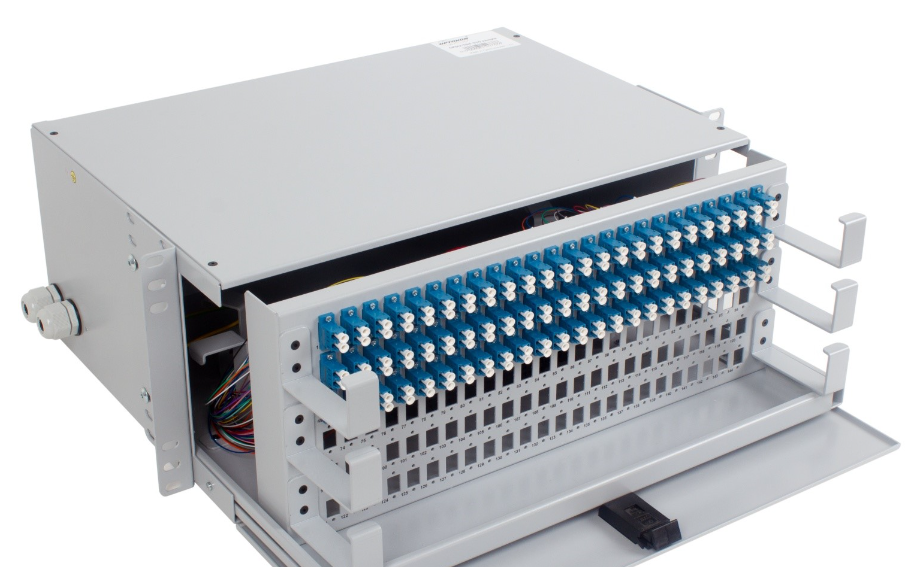
Exploring Different Termination Cabinet Varieties
Termination cabinets come in various types, each designed to meet specific requirements and installation scenarios. Let's explore the different varieties of termination cabinets available in the market and the considerations for choosing the right one.
Types of Termination Cabinets
Wall-Mounted Termination Cabinets: These cabinets are designed to be mounted on walls, offering a space-saving solution for smaller installations or areas with limited floor space. They provide easy access to terminations and are typically used in office buildings, small data centers, or telecommunications closets.
Rack-Mounted Termination Cabinets: Rack-mounted cabinets are designed to be installed within standard server racks or equipment cabinets. They offer high-density termination solutions and can accommodate a large number of connections. Rack-mounted termination cabinets are commonly used in larger data centers or telecom rooms where scalability is essential.
Outdoor Termination Cabinets: Outdoor termination cabinets are built to withstand harsh environmental conditions while providing secure housing for terminations. These cabinets feature weatherproof construction, temperature control mechanisms, and protection against dust, moisture, and vandalism. They are commonly deployed in outdoor telecom installations or remote locations.
Considerations for Choosing the Right Cabinet
When selecting a termination cabinet, several factors should be considered:
Size and Capacity: Determine the number of terminations needed now and in the future to ensure that the chosen cabinet can accommodate current and potential growth requirements.
Security: Evaluate the level of security needed based on the location of the cabinet and the sensitivity of the equipment housed within it. Look for features such as lockable doors, tamper-proof designs, and restricted access options.
Environmental Factors: Consider environmental conditions such as temperature, humidity levels, dust exposure, and potential exposure to water or chemicals when choosing an appropriate cabinet for your specific installation environment.
By carefully considering these factors when selecting a termination cabinet, you can ensure that you choose a solution that meets your current needs while allowing room for future expansion.
Installation and Maintenance of Termination Cabinets
Proper installation and maintenance are crucial for ensuring the optimal performance and longevity of termination cabinets. Let's explore the installation process and best practices for maintaining these cabinets.
Installation Process
Proper Placement: Select an appropriate location for the termination cabinet, considering factors such as accessibility, space requirements, and environmental conditions. Ensure that the cabinet is placed in a well-ventilated area away from direct sunlight or excessive moisture.
Cable Management: Organize cables within the cabinet using cable management accessories such as cable trays, patch panels, and cable ties. This helps maintain a neat and organized setup, reducing the risk of cable damage or tangling.
Grounding: Establish proper grounding for the termination cabinet to protect against electrical surges or static discharge. Follow industry standards and guidelines to ensure a safe and reliable grounding connection.
Maintenance Best Practices
Regular Inspections: Conduct routine inspections to check for any signs of physical damage, loose connections, or wear and tear. Inspect cables, terminations, power supply units, fans, and other components to identify potential issues early on.
Cleaning: Keep the termination cabinet clean by regularly removing dust or debris that may accumulate over time. Use appropriate cleaning tools and techniques to avoid damaging sensitive equipment.
Troubleshooting Techniques: Develop troubleshooting procedures to address common issues that may arise with termination cabinets. This includes identifying faulty connections, diagnosing network connectivity problems, and resolving any performance issues promptly.
By following proper installation procedures and implementing regular maintenance practices, you can ensure that your termination cabinets operate efficiently and reliably throughout their lifespan.
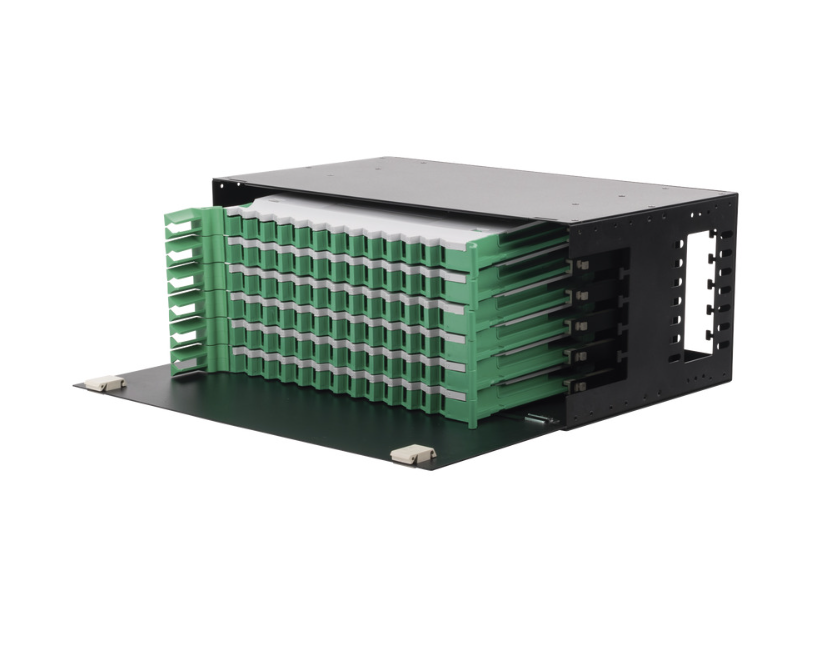
Successful Termination Cabinet Implementations and Considerations
Termination cabinets have been successfully implemented in various industries, providing improved connectivity and organization. Let's explore some real-world case studies of successful termination cabinet implementations and important considerations for implementing these cabinets.
Case Studies of Termination Cabinet Implementations
Telecom Industry: A leading telecom provider implemented termination cabinets across their network infrastructure, resulting in enhanced network performance and reduced downtime. By centralizing terminations and improving cable management, they achieved faster troubleshooting and easier scalability to meet growing customer demands.
Data Centers: A large data center operator deployed termination cabinets throughout their facility, streamlining cable management and improving airflow management. This resulted in better cooling efficiency, reduced energy consumption, and increased overall system reliability.
Considerations for Implementation
Scalability: Consider the future growth potential of your network infrastructure when selecting termination cabinets. Choose cabinets that can accommodate additional connections as your needs expand, reducing the need for frequent upgrades or replacements.
Future Expansion: Ensure that the chosen termination cabinets are compatible with existing infrastructure and can integrate seamlessly with future technologies or equipment upgrades.
Compatibility: Evaluate the compatibility of termination cabinets with different types of cables, connectors, and terminations commonly used in your industry. This ensures smooth integration without requiring significant modifications or additional adaptors.
By studying successful implementation case studies and considering factors such as scalability, future expansion, and compatibility with existing infrastructure, you can make informed decisions when deploying termination cabinets in your organization.
Advancements in Termination Cabinet Technology
Termination cabinet technology is constantly evolving, bringing forth new innovations and advancements. Let's explore the latest technological developments and future trends in termination cabinet technology.
Latest Technological Innovations
Improved Connectivity: Termination cabinets now offer enhanced connectivity options, including higher port densities and faster data transfer rates. This allows for more efficient communication between network devices and improved overall network performance.
Intelligent Monitoring: Advanced termination cabinets come equipped with intelligent monitoring capabilities. These cabinets can monitor various parameters such as temperature, humidity, power consumption, and network traffic. Real-time monitoring enables proactive maintenance, early detection of issues, and improved system reliability.
Modular Designs: Modular termination cabinets provide flexibility in terms of scalability and customization. They allow for easy expansion or reconfiguration as network requirements change over time. Modular designs also simplify maintenance by enabling quick replacement or upgrade of individual components.
Future Trends and Predictions
Integration with IoT: As the Internet of Things (IoT) continues to grow, termination cabinets are expected to integrate IoT technologies for improved remote monitoring and management capabilities. This integration will enable predictive maintenance, energy optimization, and enhanced security features.
Energy Efficiency: Future termination cabinets are likely to focus on energy-efficient designs to reduce power consumption and environmental impact. This includes features such as smart power management systems, energy-efficient cooling mechanisms, and optimized airflow designs.
Enhanced Security Measures: With the increasing importance of data security, termination cabinets will incorporate advanced security measures such as biometric access controls, tamper-proof enclosures, and encryption protocols to protect sensitive information from unauthorized access or cyber threats.
By staying up-to-date with the latest technological innovations in termination cabinet technology and keeping an eye on future trends, organizations can make informed decisions when implementing these solutions into their telecommunication or data center infrastructure.
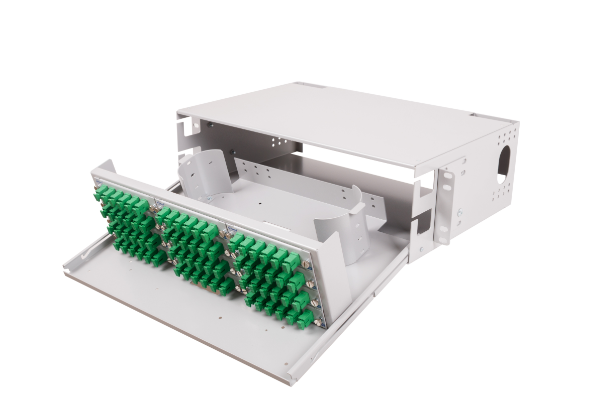
Embracing the Future: Termination Cabinets
Termination cabinets have become indispensable in the telecommunications and data center industries, revolutionizing network connectivity and organization. By staying informed about the latest trends and advancements in termination cabinet technology, organizations can embrace the future and leverage the benefits these cabinets offer.
With continuous innovation and advancements in termination cabinet technology, we can expect improved connectivity, intelligent monitoring capabilities, and modular designs that cater to evolving network requirements. As termination cabinets integrate with emerging technologies such as IoT, they will enable more efficient remote management, enhanced security measures, and energy-efficient operations.
To stay ahead in today's rapidly evolving digital landscape, it is crucial to embrace termination cabinets as a fundamental component of your telecom or data center infrastructure. By harnessing their potential for enhanced connectivity and efficiency, you can ensure seamless communication networks that meet the demands of tomorrow.
See Also
Advancements and Trends in Fiber Optic Termination Technology
Advancements and Trends in Rodent Proof Fiber Optic Technology
Exploring the Benefits of Pre-Connectorized Fiber Nap Boxes in FTTx
Switchable Uniboot Patch Cords: The Future of Fiber Optic Connectivity

